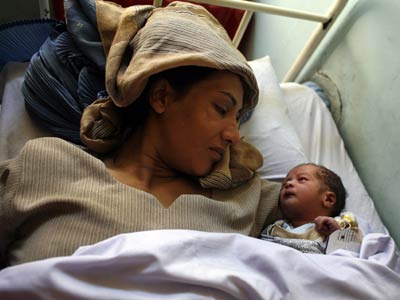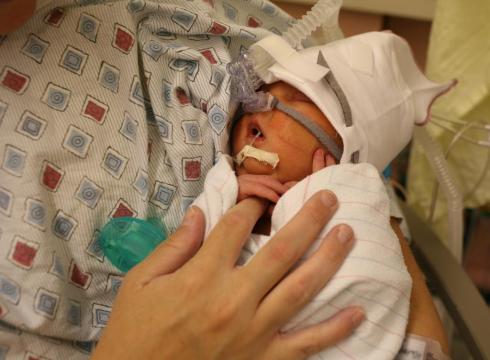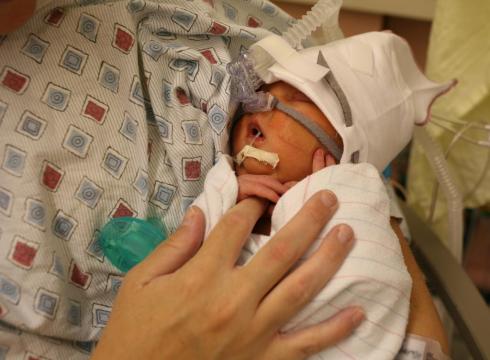Saving Lives: Abortion and Exemptions

Anger and shame: Irish women protest following the death of Savita Halappanavar Source: The Telegraph; Photo: AFP/Getty Images
I’m tempted to say that Savita Halappanavar died at University Hospital Galway in Ireland from a 17-week, wanted pregnancy that went awry. But it’s more accurate to say that she died in a Catholic country from a policy that deemed the heartbeat of a dying fetus to be more important than the life of its mother. Some may argue that Halappanavar would not have died had she been in a U.S. hospital, but after the wrangling over reproductive rights in the last year’s national elections I think she very well could have.
Halappanavar was 31 years old when she was admitted to University Hospital Galway for back pain. According to the Irish Times, she presented fully dilated and leaking amniotic fluid. When she was told that a miscarriage was in process, she requested that the pregnancy be terminated. But the fetus still had a heartbeat, her doctors said, which meant in that Catholic hospital and country that terminating the pregnancy was not permissible. It didn’t matter that she was not Catholic. Three days later, the fetus died and Savita Halappanavar was admitted to the intensive care unit, where she died of septicemia.
Abortion is illegal in Ireland, except to save the life of the mother. But, as noted in a 2010 report by Human Rights Watch, that country rarely supports this exception. Marianne Møllmann of Amnesty International maintains that health professionals in Ireland want clarity on when they can intervene in cases like Halappanavar’s without fear of criminal prosecution. Indeed, in the case of Halappanavar, the hospital and its clinicians essentially invoked a “conscience clause” that provides health care providers to opt out of intervening in ways that they find morally objectionable. Dr. Jen Gunter, an OB-GYN physician, has suggested that the clinicians didn’t intervene because they did not want to be judged as violating the country’s abortion laws and criminally prosecuted. She argues that Halappanavar’s symptoms should have assured that she receive pain medication and a termination of the pregnancy immediately to prevent sepsis.
Could this happen in the United States, where abortion is legal?






